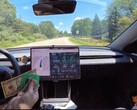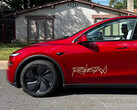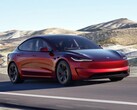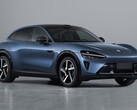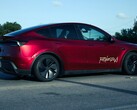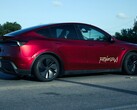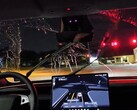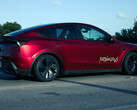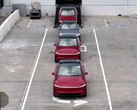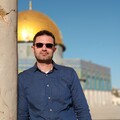Ahead of Tesla's earnings release on July 23, where its Robotaxi platform expansion plans will be heavily scrutinized, Elon Musk is promising a "step change improvement" for the next big FSD release thanks to the lessons learned from running the driverless ride-share service.
The dozen or so Model Y units that Tesla has turned into robotaxis cruising the streets of Austin may be running on factory hardware, but their FSD software is different from the branch for the general Tesla owning public.
According to Elon Musk, Tesla is preparing to merge the parallel FSD branch of the Model Y robotaxis with the commercial software version that its other vehicles now use, but with an abundance of caution.
Tesla previously referred to the FSD branch that the robotaxi fleet uses during its pilot launch in Austin as "unsupervised" FSD, in contrast to the Full Self-Driving (Supervised) titling of its paid driver assist option. What Tesla means it that it doesn't require the driver's attention or input, and the Austin transportation department has indeed categorized it as a Level 4 autonomous vehicle software that doesn't need a human driver to function.
In order to achieve that regulatory breakthrough, however, Tesla is operating its Model Y robotaxi in a much different way than those with the FSD branch currently released to the public. It has, for example, geofenced the area where its Robotaxi platform operates, much like Waymo, by way of validating if the "unsupervised" vehicles it uses see the routes comparably to the way its other cars do.
This explains the smorgasbord of Tesla validation vehicles with extra camera kit frames at the top that were driving around Austin prior to the Robotaxi service launch there. Before the robotaxi FSD is merged with the version for the general Tesla public, however, Tesla wants to run more such tests and ensure that the upgrade will be smooth. "We need to validate that improvements for Austin don’t cause regressions elsewhere," clarified Musk.
Tesla prides itself in the spatial freedom and scalability advantages that its camera-only FSD approach holds over the geofenced solution with extra sensors and LiDAR that Waymo and others use. In Austin, however, Tesla is still geofencing for extra safety and regulatory reasons, so it wants to make sure that the behavior of its robotaxis in that secured space will be comparable to the reaction of Tesla vehicles on public roads outside a pre-mapped area.
Merging of the robotaxi branch with the general FSD release will happen later this year, and Musk hinted at a fourfold increase in parameters and a "super frugal use of memory bandwidth, caching exactly what is needed" to help with the computation of all those extra algorithms.
Source(s)
Elon Musk (X)





